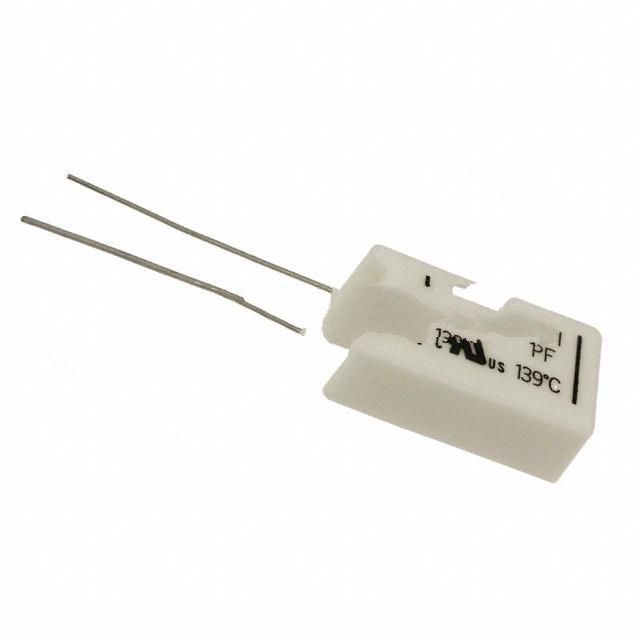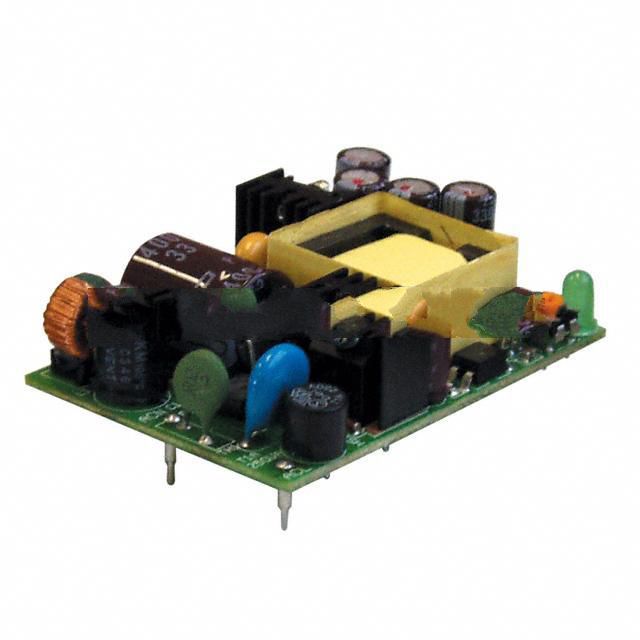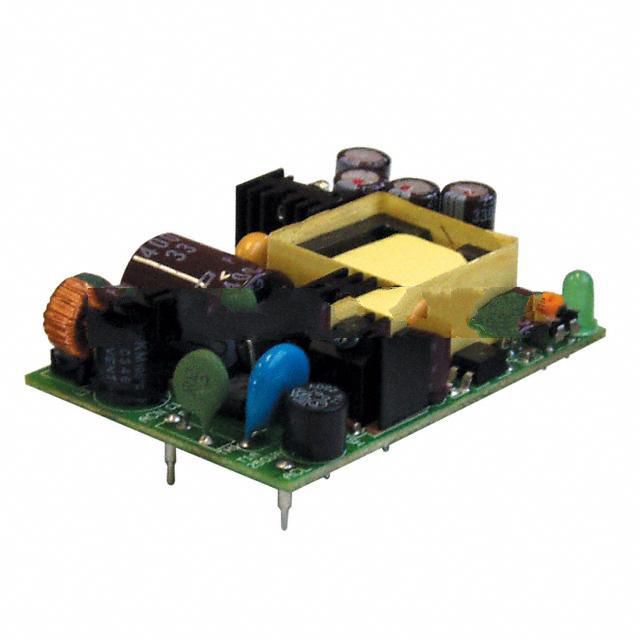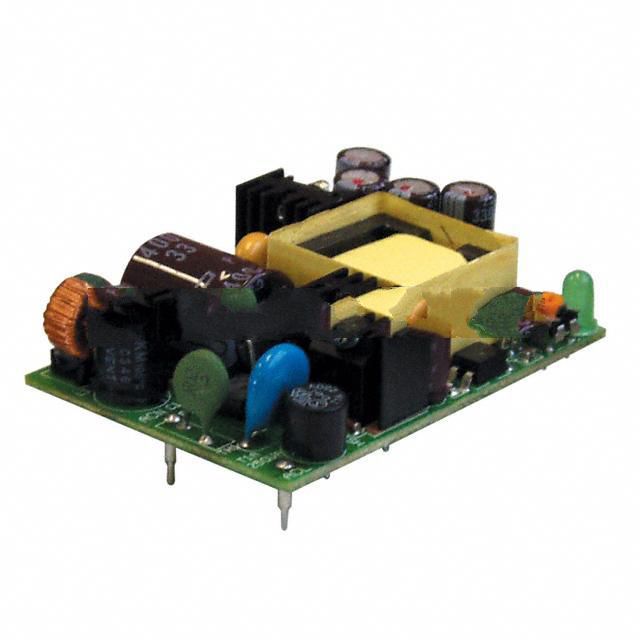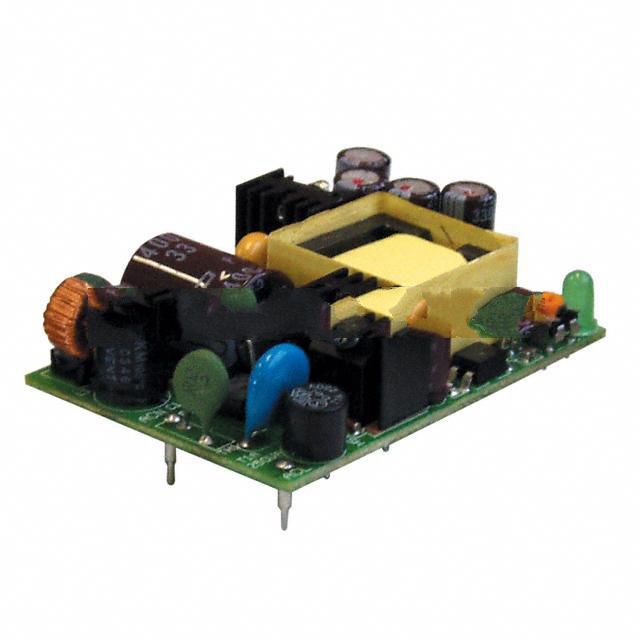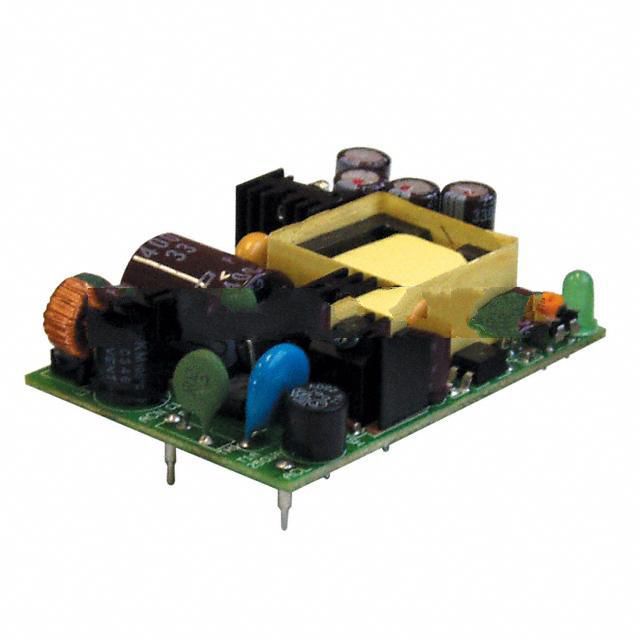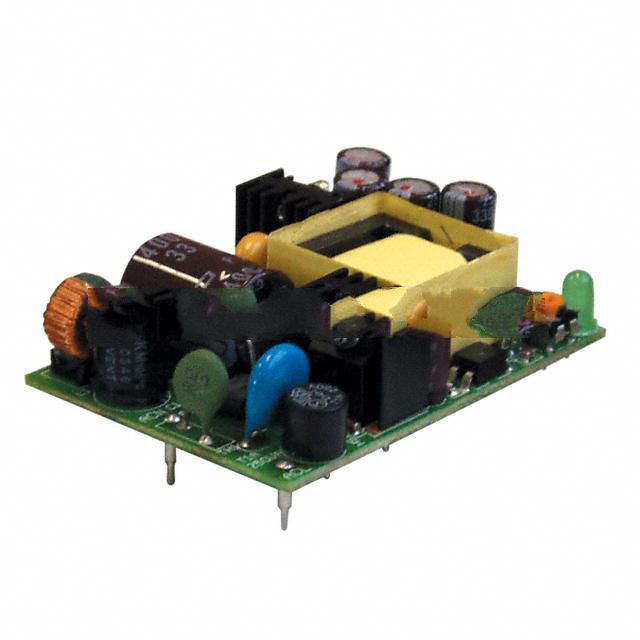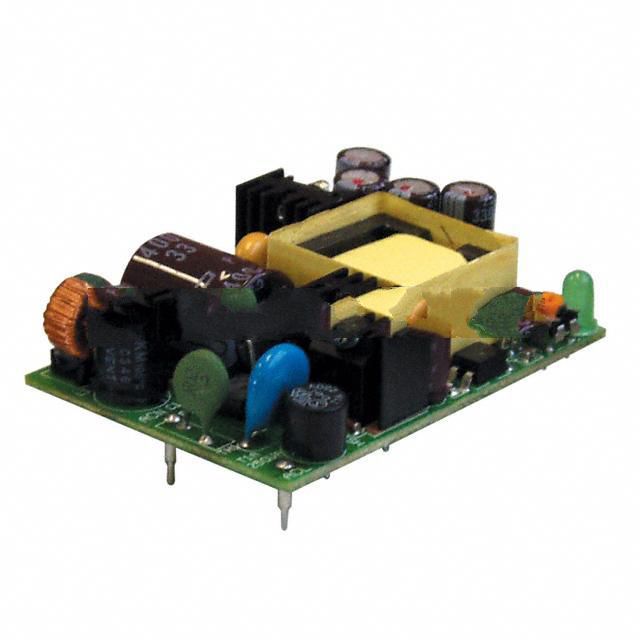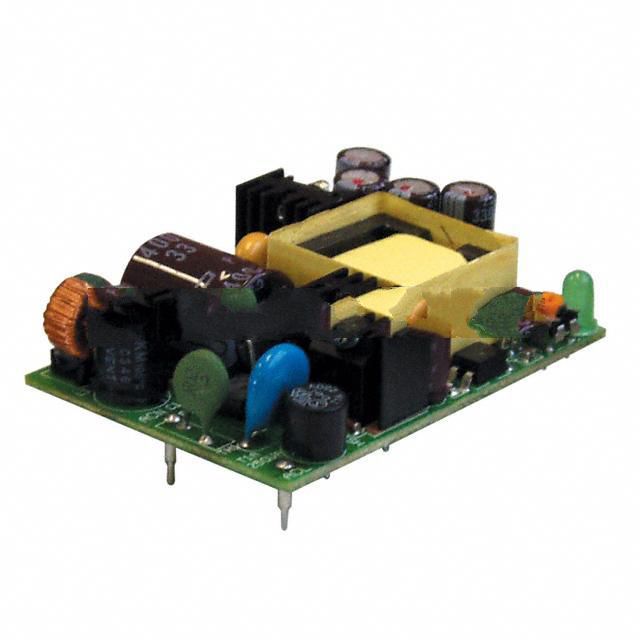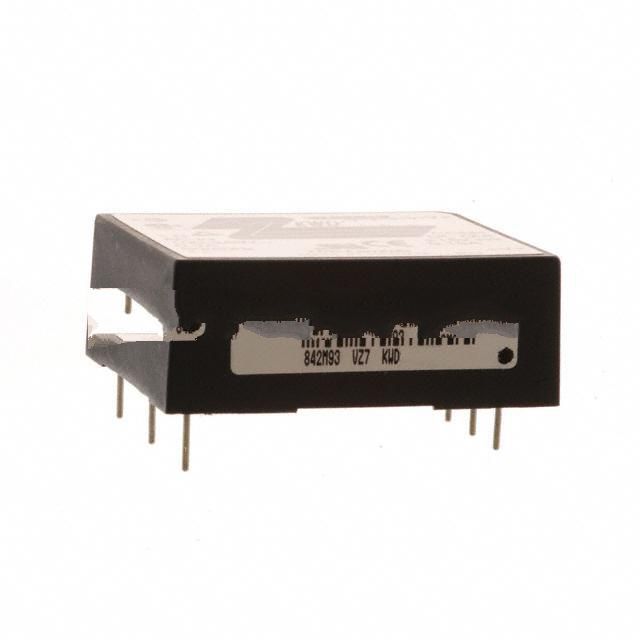Overcurrent protection (OCP), overvoltage protection (OVP) in AC-DC converters
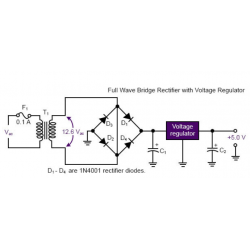
Overcurrent protection (OCP), overvoltage protection (OVP) in AC-DC converters
Introduction to Over Current Protection (OCP)
The importance of overcurrent protection
Overcurrent protection technology
Current Limitation in Rectifier
Current limiting and foldback technology
Introduction to Overvoltage Protection (OVP) in AC-DC Converters
An AC-DC converter (AC-DC converter) is an electronic device used to convert AC power to DC power.
There are several well-known AC-DC converter manufacturers in the world, including:
Mean Well: Mean Well is a well-known power solutions provider that offers various types of AC-DC converters including switching power supplies, modular power supplies, etc.
Delta Electronics: Delta is a leading global provider of electronic products and solutions with an industry reputation for its AC-DC converters known for their high efficiency and reliability.
Lite-On Technology Corporation: Lite-On offers a wide range of electronic products, including AC-DC converters for a variety of applications.
TDK-Lambda: TDK-Lambda is a leading provider of power solutions, offering a wide range of AC-DC converters for industrial, medical and communications markets.
XP Power: XP Power offers a range of power solutions, including high-efficiency AC-DC converters for a variety of applications.
These companies are known for the quality, performance, reliability and innovation of their products, which are widely used in industrial, medical, communications and consumer electronics.
Introduction to Over Current Protection (OCP)
When the current flowing through a circuit exceeds its specific/rated limit, it is called overcurrent. This can happen for a variety of reasons, such as short circuits, component failures, excessive load demands, and other external faults. Overcurrent can cause overheating, voltage drops, increased stress on system components, and system failure, affecting the performance, reliability, and service life of electronic equipment.
The importance of overcurrent protection
Safety: Overcurrent can cause component damage, arcing, and fire hazards. Robust protection mechanisms are essential to prevent catastrophic failure and ensure the safety of the converter and connected equipment or systems.
Equipment Protection: AC-DC converters are often power-sensitive electronic devices. Excessive current can damage these devices, resulting in expensive repair or replacement. Adequate safeguards protect equipment and extend its service life.
System Reliability: Overcurrent can lead to unplanned downtime, system failure, and disruption of critical processes. By implementing appropriate protection mechanisms, the reliability and availability of AC-DC converter systems can be significantly enhanced.
Overcurrent protection technology
Current Limiting: Current limiting is a protection technique that limits the output current to a safe level. This is accomplished by utilizing current sensing elements such as shunt resistors, current transformers, or Hall effect sensors. When the sensed current exceeds a predetermined threshold, the converter control circuit reduces the duty cycle or shuts down the converter to limit the output current.

Current Limitation in Rectifier
Fuse Protection: Fuses are widely used as the primary line of defense against overcurrent conditions. A fuse is a sacrificial device that interrupts a circuit when excessive current is detected. Once a fuse blows, it needs to be replaced. Fuses are simple, reliable and cost-effective protective devices.
Circuit Breaker: A circuit breaker is an automatic switch that can be controlled manually or electrically. They provide protection by quickly interrupting the circuit when an overcurrent event occurs. Unlike fuses, circuit breakers can be reset and reused, making them suitable for applications that do not require manual intervention.
Electronic Overcurrent Protection: Electronic protection methods utilize application-specific integrated circuits (ICs) to monitor current and control the operation of the converter. These ICs can detect overcurrent events and trigger protective actions such as reducing the duty cycle, shutting down the converter, or activating a fault alarm.
Current Foldback: Current foldback protection is a technique where the output current decreases as the load impedance decreases. It helps prevent excessive current flow during short circuit conditions and limits stress on the converter and load.
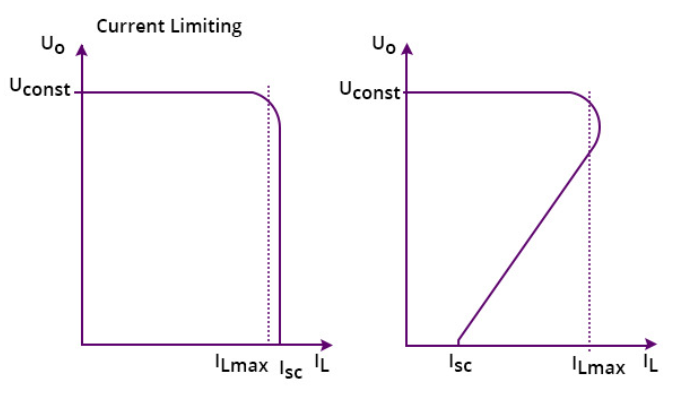
Current limiting and foldback technology
Overload detection and shutdown: In this technique, the converter continuously monitors the load current. If the current exceeds a predefined threshold for a specific duration, the converter shuts down to prevent prolonged overloading.
Comprehensive Testing and Validation: AC-DC converters are thoroughly tested and validated under a wide range of operating conditions to ensure they operate within specified current limits. This includes testing short-circuit conditions, overloads, and transient events to verify the effectiveness of overcurrent protection mechanisms.
Introduction to Overvoltage Protection (OVP) in AC-DC Converters
When the voltage applied to the terminals of a device exceeds its normal/expected range, it is called overvoltage. In AC-DC converters, overvoltages can occur due to voltage transients, power surges, load fluctuations, or internal system faults. Overvoltage fluctuations can lead to accelerated aging, insulation breakdown, component failure, and even catastrophic damage to electrical equipment.
The importance of overvoltage protection
Equipment Protection: Overvoltage protection protects sensitive components such as semiconductors, capacitors and integrated circuits from excessive voltage levels that can cause immediate or long-term damage. Protection measures ensure the longevity and reliability of these components by limiting voltage to safe levels.
System Stability: Overvoltage can destroy the stability of electrical systems, causing failures, abnormal operation, and even design shutdowns. By reducing the risk of overvoltage, protection mechanisms maintain system stability and uninterrupted power supply.
Safety Guarantee: Overvoltage may cause safety hazards, such as electric shock or fire risks. Implementing overvoltage protection measures can help minimize these risks, ensure user safety and prevent potential accidents.
Overvoltage protection technology
Voltage clamping: Voltage clamping is a common technique for limiting voltage levels to a safe range. This method involves the use of protection devices, such as varistors or transient voltage suppressors (TVS), which provide a low-impedance path to divert excess voltage away from the protected circuit. These devices exhibit high resistance under normal operating conditions and low resistance during overvoltage events, effectively clamping the voltage to a predetermined level.

Voltage Regulation: Voltage regulation technology is designed to maintain a stable output voltage within the required range by continuously monitoring and adjusting the operation of the converter. A feedback control mechanism, such as a voltage regulator, is used to sense the output voltage and regulate it by adjusting the input or switching parameters of the converter. These techniques prevent overvoltage conditions by closely regulating the output voltage.
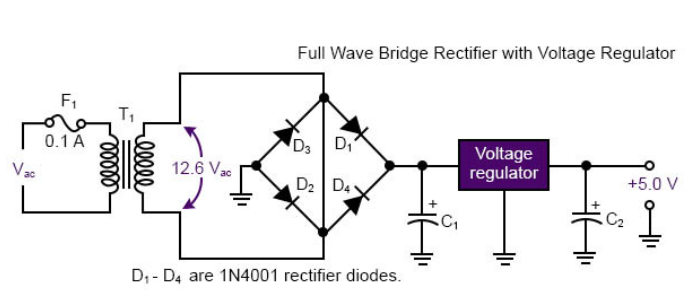
Voltage Regulation with Full Wave Rectifiers
Crowbar Protection: Crowbar protection is an effective method of protecting AC-DC converters from overvoltage events. It involves the use of a crowbar circuit consisting of a thyristor or triac, which is triggered to short-circuit the input voltage during an overvoltage condition. By creating a low resistance path, the arc suppression circuit diverts excess voltage away from the converter and protects system components.
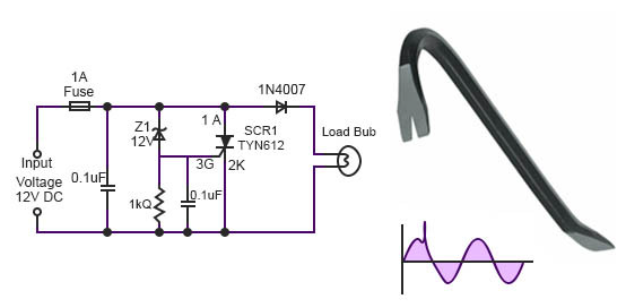
Lightning Arrester: Lightning arresters, also known as lightning arresters, are used to protect AC-DC converters from high-energy transients caused by lightning strikes or switching surges in the power grid. Surge arresters divert transient energy to ground, preventing it from reaching converters and other sensitive equipment. These devices are typically connected in parallel to the converter input to provide a low-impedance path for transient currents.
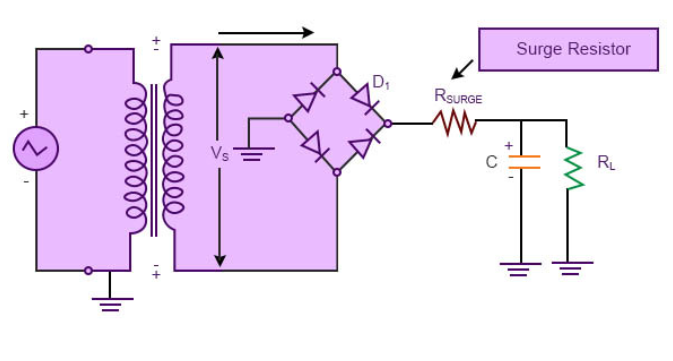
Input filter: Input filters are often used to attenuate high-frequency noise and voltage spikes that can cause overvoltage conditions. These filters consist of passive components such as inductors and capacitors placed at the input of the converter. They help smooth voltage fluctuations and suppress high-frequency interference, ensuring the converter's input voltage is clean and stable. Input filters contribute to overvoltage protection by reducing the magnitude of voltage spikes.

Circuit breakers and fuses: Circuit breakers and fuses are important protective devices that help prevent overvoltage conditions caused by faults or short circuits. Circuit breakers are designed to automatically interrupt a circuit when a fault is detected, while fuses are sacrificial components that will melt and open the circuit in the event of excessive current. By interrupting the circuit, these devices protect the converter and system from fault-induced overvoltage events.
edit author:
 Jinftry(Hong Kong registered company name: JING FU CAI (HONGKONG) INTERNATIONAL CO., LIMITED) is an electronic parts distributor selling latest electronic components including integrated circuits, IC electronics, IC integrated circuits, IGBT, IGBT modules, button battery LR44,discrete te semiconductors, circuit protection, capacitors, resistors, potentiometers, transformers, isolators, crystals , oscillators, resonators, power managers, connectors, switches, relays, sensors, optoelectronic devices, diodes, and various batteries. Welcome to purchase electronic components from brand manufacturers. To view the solutions, you can log in to https://www.jinftry.com/ for inquiries
Jinftry(Hong Kong registered company name: JING FU CAI (HONGKONG) INTERNATIONAL CO., LIMITED) is an electronic parts distributor selling latest electronic components including integrated circuits, IC electronics, IC integrated circuits, IGBT, IGBT modules, button battery LR44,discrete te semiconductors, circuit protection, capacitors, resistors, potentiometers, transformers, isolators, crystals , oscillators, resonators, power managers, connectors, switches, relays, sensors, optoelectronic devices, diodes, and various batteries. Welcome to purchase electronic components from brand manufacturers. To view the solutions, you can log in to https://www.jinftry.com/ for inquiries

